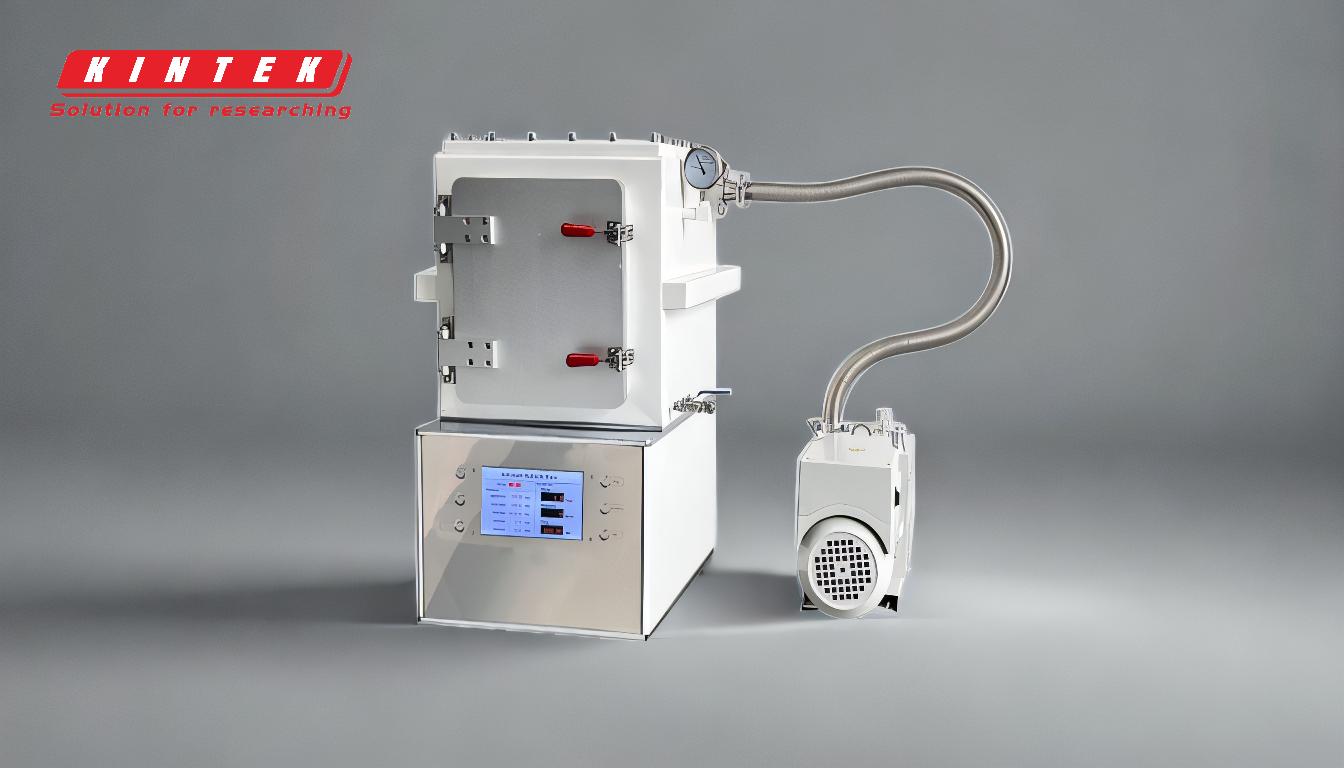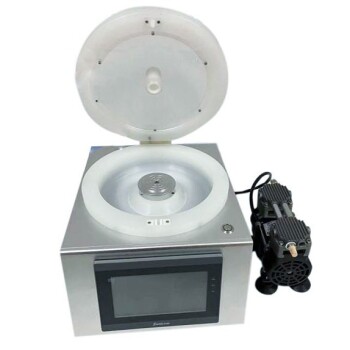Leather embossing is a craft of precision, using heat and pressure to create lasting impressions in a hide. The primary methods are blind embossing, which creates a tonal indentation; foil stamping, which adds a layer of metallic or colored film; and plate embossing, which applies a large-scale texture across an entire hide.
The most effective embossing technique is not the most complex, but the one that best aligns with the specific type of leather, the desired aesthetic, and the product's final use. Understanding the interplay between heat, pressure, and the material itself is the key to achieving a high-quality, durable result.
The Core Principles: Heat, Pressure, and Dies
Before examining the specific types of embossing, it's essential to understand the fundamental forces at work. The quality of any embossed design depends on these three elements.
The Role of Pressure
Pressure is the primary force used to stamp a design into the leather's surface. A press applies a specific amount of force through a die, compressing the leather fibers to create the indentation. Insufficient pressure results in a weak, temporary mark.
The Impact of Heat
Heat works with pressure to create a more permanent, crisp impression. It helps "set" the design, particularly in vegetable-tanned leathers, which have the unique ability to be molded and retain their shape. For softer, more pliable leathers like chrome-tanned, heat is almost always necessary to achieve any degree of permanence.
Understanding Dies
A die is the metal stamp, typically made of brass or magnesium, that carries the reversed image of your design. The precision and detail of the final emboss are directly related to the quality of the die, which is often created using CNC milling.
A Detailed Look at Embossing Techniques
While "embossing" is often used as a general term, there are distinct methods, each creating a unique visual effect.
Blind Embossing: The Classic Impression
This is the purest form of embossing. It uses only a heated die and pressure to create an indentation in the leather. No color or foil is added.
The result is a subtle, tonal effect where the design is the same color as the surrounding leather. It is prized for its understated and sophisticated look, often used for logos on high-end portfolios, wallets, and journals.
Foil Stamping: Adding High-Contrast Sheen
Also known as foil embossing or hot foil stamping, this process uses a heated die to press a thin layer of metallic or pigmented foil onto the leather's surface.
The heat activates an adhesive layer on the foil, transferring it permanently into the debossed area. This method creates a striking, high-contrast look and is available in various finishes, including gold, silver, copper, and matte colors.
Plate Embossing: Creating Large-Scale Textures
This is an industrial technique used to apply a repeating pattern over a large surface area or an entire hide. Instead of a small die, a large, patterned metal plate is pressed onto the leather.
This is how textures like pebble grain, faux alligator, or other artificial grains are created on cowhide. It is an effective way to add visual interest or create a uniform finish on hides that may have natural imperfections.
A Note on Debossing vs. Embossing
In technical terms, debossing presses a design into the surface, creating a depression. Embossing creates a raised design, which usually requires a matching male and female die to press the leather from both sides.
In the leather industry, "embossing" is commonly used as a catch-all term that almost always refers to debossing. True raised embossing is far less common in leather goods.
Understanding the Trade-offs and Considerations
Choosing the right technique involves more than just aesthetics. Material, durability, and cost are critical factors.
Leather Type is Crucial
Vegetable-tanned ("veg-tan") leather is the ideal material for embossing. Its firm structure and natural tannins allow it to take and hold a crisp impression beautifully, even with minimal heat.
Chrome-tanned leather, which is softer and more flexible, is more challenging. It requires significant heat and pressure to hold a design, and the impression may soften or fade over time, especially on heavily used items.
Durability of the Impression
A deep, heat-set blind emboss on vegetable-tanned leather is exceptionally durable and will last the lifetime of the product.
Foil stamping is also quite durable but can be subject to wear. On high-flex areas like the spine of a wallet, the foil may eventually crack or rub off with years of heavy use.
The Cost Factor
The primary upfront cost is the creation of a custom metal die. This is a one-time expense, but a highly detailed die can be a significant investment.
Plate embossing is an industrial process done at the tannery level and is factored into the overall cost of the finished hide. It is an economical way to create the appearance of a more expensive exotic leather.
Choosing the Right Method for Your Project
Your goal should guide your choice. Each method serves a different purpose, from subtle branding to large-scale texturing.
- If your primary focus is a subtle, sophisticated brand mark: Choose blind embossing on a quality vegetable-tanned leather for a timeless and durable result.
- If your primary focus is bold, high-visibility branding: Foil stamping provides the necessary contrast and eye-catching finish, perfect for book covers, logos, and decorative accents.
- If your primary focus is adding an all-over texture to a product: You will be working with leather that has already undergone plate embossing at the tannery to create patterns like pebble grain or faux exotics.
- If you are evaluating a finished product: Recognize that a deep, crisp emboss indicates quality leather (likely veg-tan) and craftsmanship, while a faint or soft impression may suggest a less suitable material was used.
By understanding these core techniques, you can confidently specify or select the exact finish that meets your standards for quality, durability, and design.
Summary Table:
| Technique | Primary Effect | Best For | Key Consideration |
|---|---|---|---|
| Blind Embossing | Subtle, tonal indentation | Sophisticated logos on high-end goods (veg-tan leather) | Requires quality leather for crisp, durable results |
| Foil Stamping | High-contrast metallic/pigmented sheen | Bold branding, book covers, decorative accents | Foil may wear on high-flex areas over time |
| Plate Embossing | Large-scale, repeating texture (e.g., pebble grain) | Adding uniform texture to entire hides | Industrial process done at tannery level |
Ready to achieve precision leather embossing results? The right equipment makes all the difference. At KINTEK, we specialize in lab-grade heating and pressing solutions that deliver the consistent heat and pressure control essential for flawless blind embossing, foil stamping, and more. Whether you're working with vegetable-tanned or chrome-tanned leather, our products help you create durable, high-quality impressions.
Let's discuss your project needs — Contact our experts today to find the perfect solution for your leather crafting workflow.
Related Products
- Anti-Cracking Press Mold for Lab Use
- Small Injection Molding Machine for Lab Use
- Three-dimensional electromagnetic sieving instrument
- High-Purity Titanium Foil and Sheet for Industrial Applications
- Vacuum Hot Press Furnace Machine for Lamination and Heating
People Also Ask
- What are the two common types of injection molding processes? Thermoplastic vs. Thermoset Explained
- What is a positive of injection moulding? Achieve High-Volume Production with Unmatched Efficiency
- What are the different types of compression molding? BMC vs. SMC and Mold Design Explained
- How does compression molding affect the environment? A Guide to Sustainable Manufacturing
- What machine is used for casting? The Definitive Guide to Die Casting Machines




















